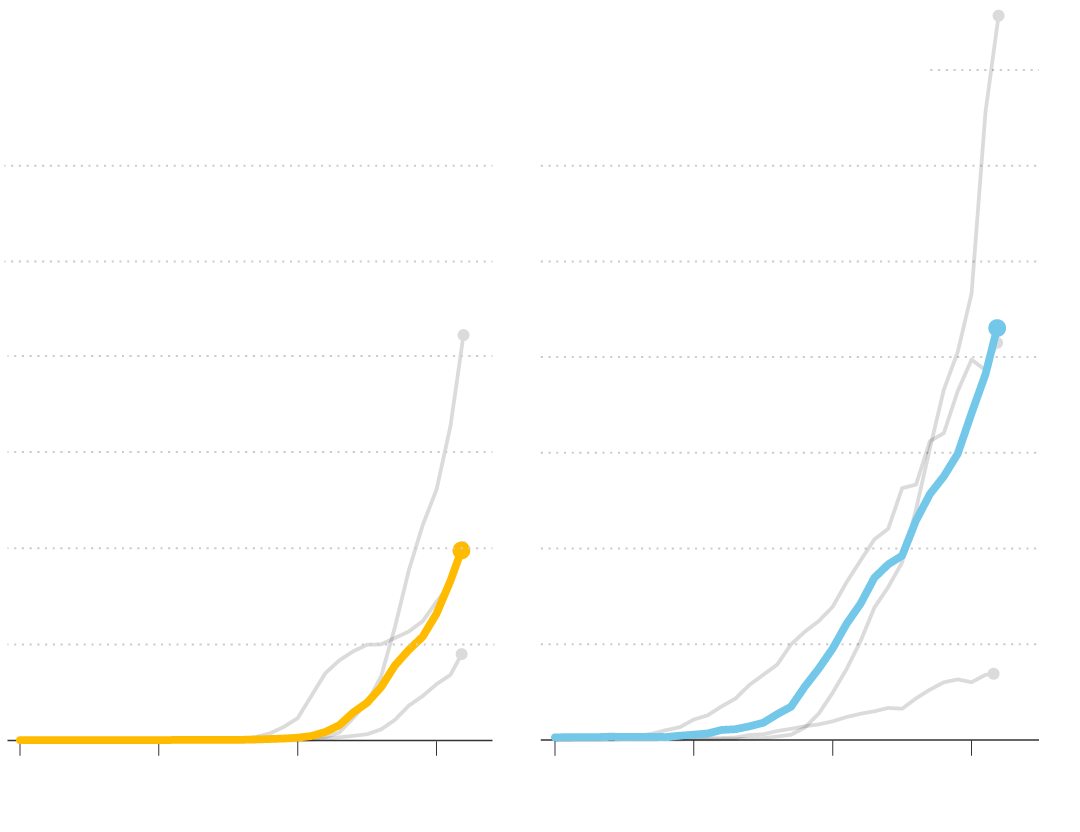The transition to a clean energy future presents a conundrum that may be underscored by a playful question: What would happen if the United States embraced a fully decarbonized energy grid by 2050? This inquiry not only provokes intrigue but also highlights a significantly multifaceted challenge. The journey toward clean energy requires not only technological innovation but also comprehensive policy reform, societal adaptation, and infrastructural resilience. Let us explore the pathways to this ambitious endeavor and the challenges that accompany them.
At the outset, we need to delineate what a reliance on clean energy entails. Clean energy refers to energy derived from renewable sources, such as solar, wind, hydro, and geothermal, which emit little to no greenhouse gases during their operational phases. Achieving a grid that is predominantly powered by such renewable resources necessitates a radical departure from the current fossil fuel dependency prevalent in the U.S.
The Technological Frontier: Innovations in Clean Energy
In the quest for a clean energy future, technological advancements are paramount. The United States must invest heavily in research and development (R&D) for renewable energy technologies. Solar photovoltaics (PV) and wind turbine efficiency have seen significant improvements over the past decade, yet opportunities for growth abound. For instance, bifacial solar panels, which can capture sunlight on both sides, represent an innovative approach to enhancing energy yield. Moreover, the evolution of floating wind turbines can unlock vast offshore resources previously deemed impractical.
Energy storage technology, particularly advancements in battery systems, plays a pivotal role in overcoming the intermittency challenges associated with renewables. The evolution of battery chemistries—such as solid-state batteries—could revolutionize energy storage, permitting longer duration and higher capacity. Simultaneously, other forms of energy storage, like pumped hydro and compressed air systems, should not be overlooked. Each technological stride can facilitate a more stable and reliable clean energy grid.
The Grid: Modernization and Resilience
An equally critical component in realizing a clean energy future lies in the modernization of the electrical grid. The existing grid infrastructure in the United States was primarily designed for centralized power generation, predominantly fossil fuels. Transitioning to a clean energy landscape will require a revamped grid that can seamlessly integrate diverse renewable energy sources. This necessitates the deployment of smart grid technologies, which can optimize energy distribution and consumption in real-time.
Additionally, microgrid technologies can enhance resilience by enabling localized energy generation and management. Such systems can be especially vital in the face of climate-induced extreme weather events, which threaten the stability of centralized grids. A decentralized energy system, leveraging renewable microgrids, can provide redundancy and enhance the security of the overall power supply.
Policy Framework: Regulatory Measures and Incentives
To foster an environment conducive to a clean energy future, robust policy frameworks must be established. Governmental intervention through legislation and financial incentives will be crucial. This may include reinstating tax credits for renewable energy installations or implementing stringent emissions targets for fossil fuel usage. Enhanced support for research in carbon capture and sequestration technologies is also paramount, as these innovations can facilitate a smoother transition for industries reliant on fossil fuels.
Furthermore, long-term energy planning at the state and national levels should prioritize the establishment of renewable energy portfolios. Such policies would mandate utilities to increase their share of renewable sources progressively. Transitioning to a clean energy economy also necessitates a just transition for workers in traditional energy sectors. Job retraining initiatives and transition funds could mitigate the socioeconomic impact while promoting equity in the new clean energy job market.
Societal Implication: Public Perception and Participation
The establishment of a clean energy future hinges not only on technological and policy advancements but also on public perception and active participation. Building a robust understanding of the advantages of clean energy, including lower long-term energy costs and improved public health, is vital for garnering support. Dispel the notion that transitioning to renewable energy equates to compromising lifestyle conveniences. Instead, illustrate the potential for innovation-driven job creation, alongside a cleaner environment.
Community engagement initiatives, such as local renewable energy cooperatives, can empower citizens to actively partake in the renewable transition. Public forums and educational outreach can foster a culture of participation and transparency, creating an engaged citizenry that supports clean energy measures.
Challenges Ahead: Navigating the Path to Implementation
Conclusion: The Mosaic of Clean Energy Transition










